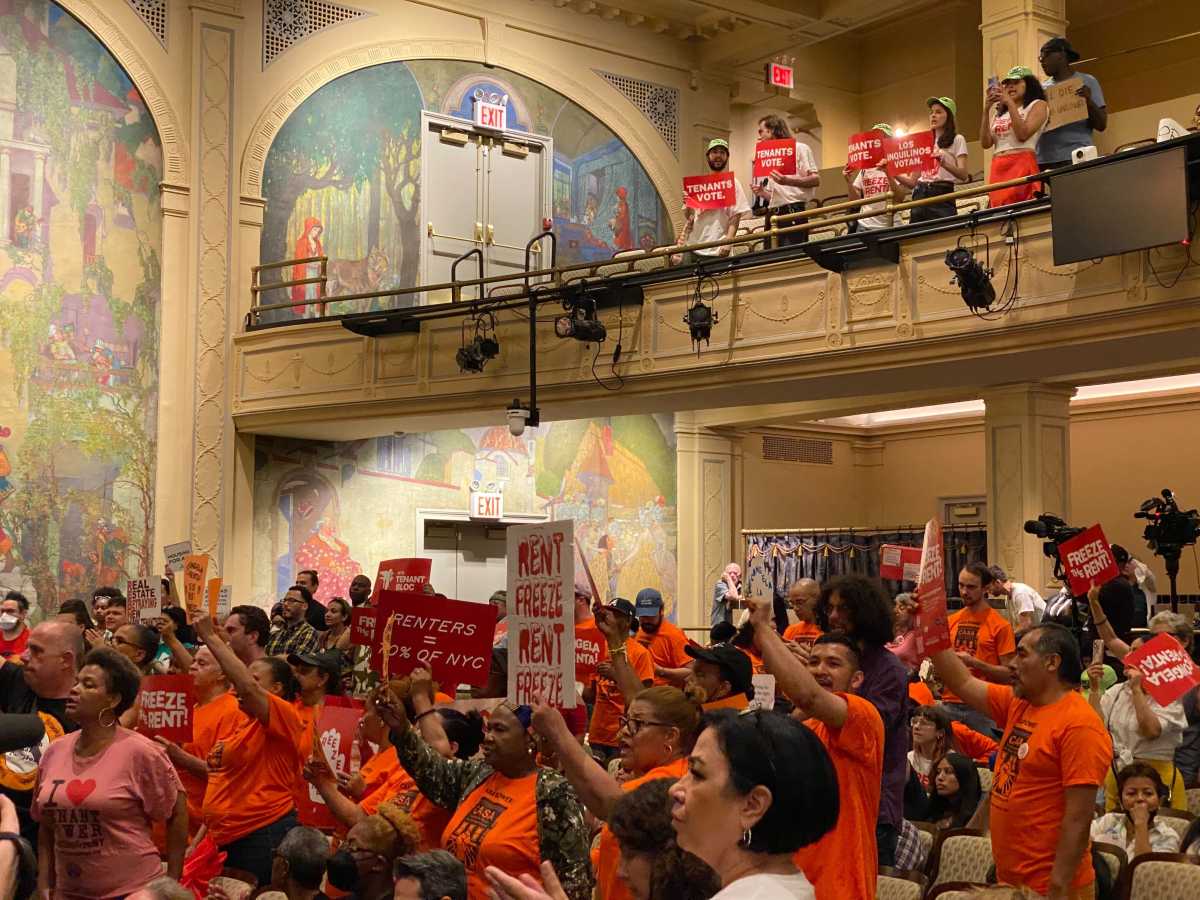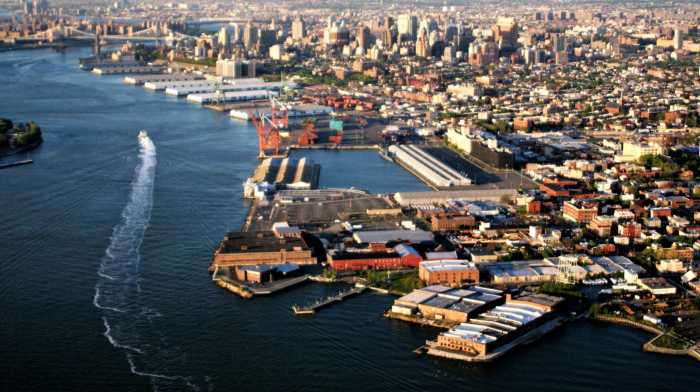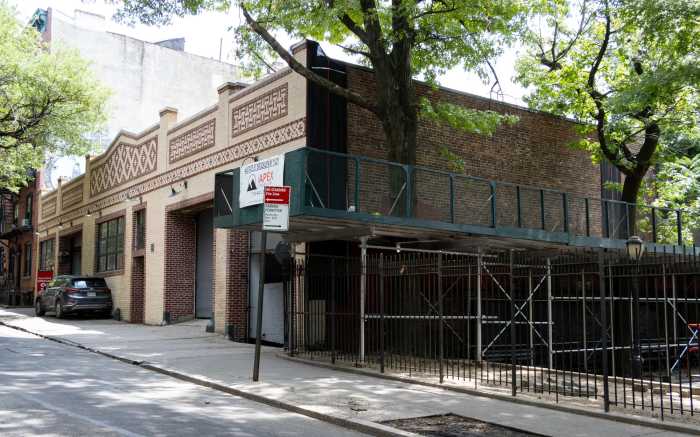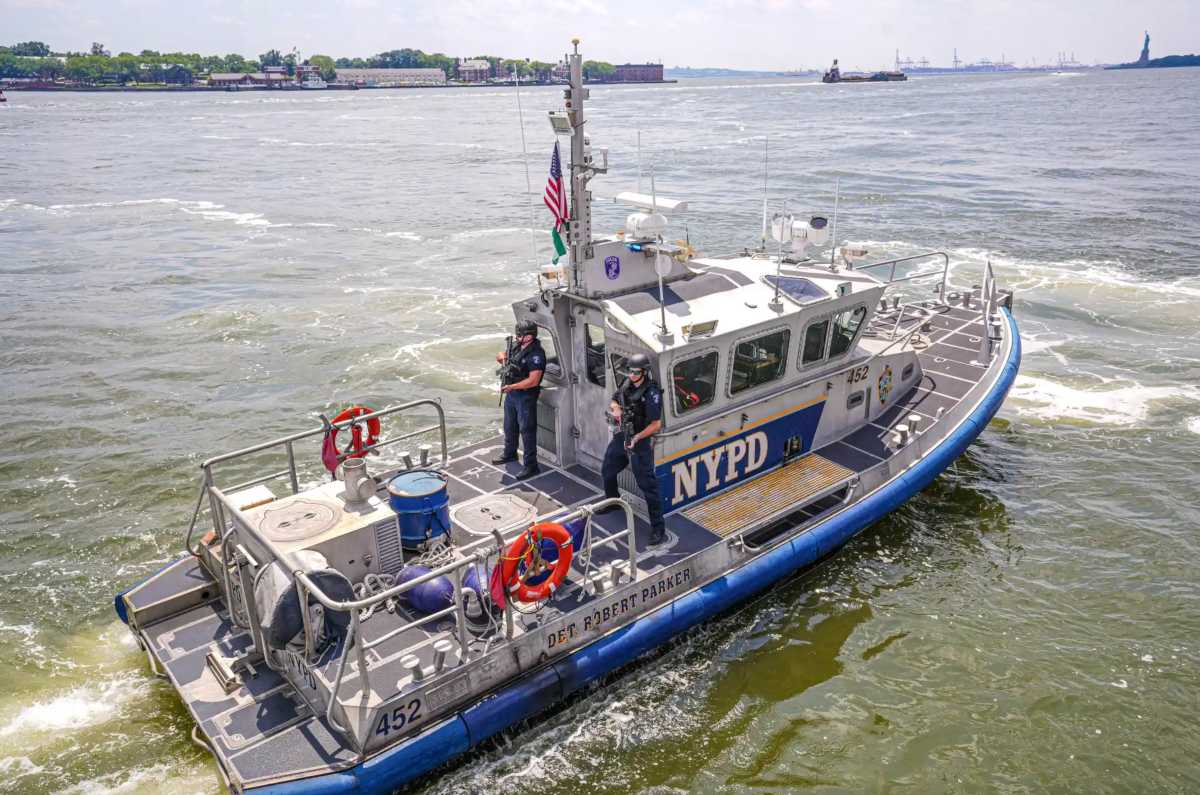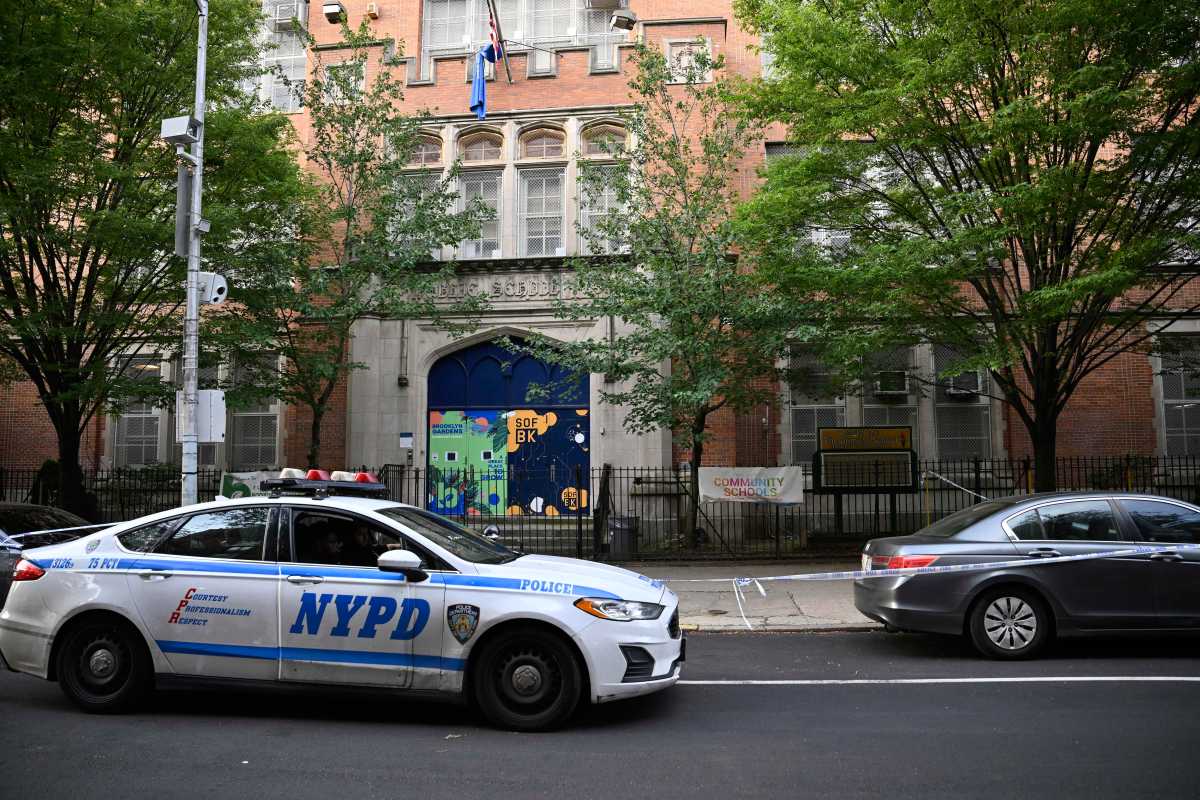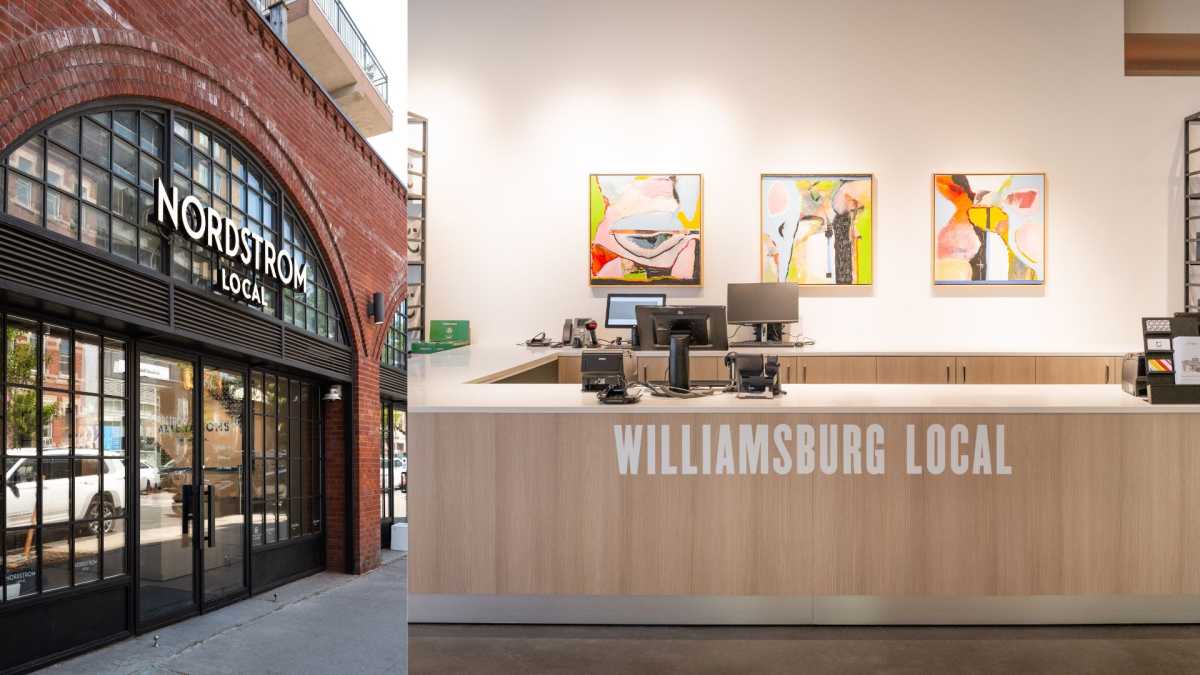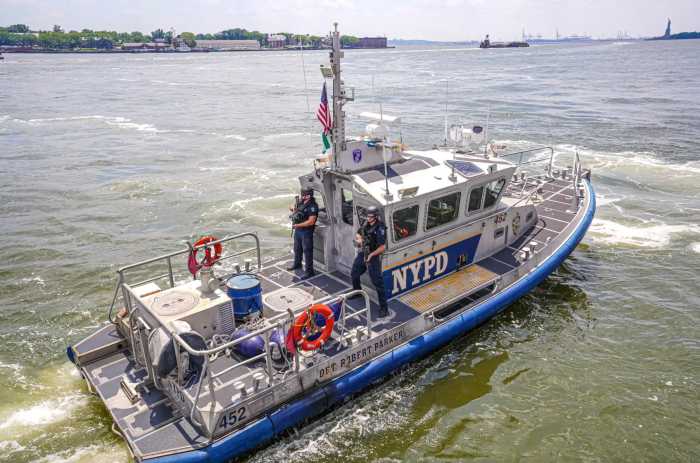A spokesman for the city’s Independent Budget Office told The Brooklyn
Papers this week that the agency finally has a starting point to analyze
the public benefit of developer Bruce Ratner’s proposed basketball
arena, housing and office development in Propsect Heights.
“Now that there’s an MOU we have a good place to start —
we know now what the agreed upon parameters of state and city are,”
said IBO spokesman Doug Turetsky, referring to the memorandum of understanding
signed last week by city, state and Forest City Ratner officials.
He said the study could commence now that the city and state have put
in writing their combined $200 million commitment to the project.
City Councilwoman Letitia James and state Senator Velmanette Montgomery,
who represent the portions of Prospect Heights where Ratner’s Atlantic
Yards would be built, have been urging for the study since last summer.
“There’s still the open question of what the cost of the MTA
site will be,” said Turetsky, who said that could not be analyzed
yet, “because it wasn’t part of the terms of the deal.”
Ratner needs the development rights over roughly 10 acres of Metropolitan
Transportation Authority rail yards in order to build Atlantic Yards.
The MTA, bowing to public pressure, has vowed that the site is open to
any bidder and that the agency will seek the best value for those development
rights.
Turetsky said the difference between IBO studies and the city’s or
developers’ reports on the public benefits of large-scale plans often
vary greatly, and he used the example of the contentious Jets stadium
plan in Manhattan.
“On the West Side stadium project, while we have found that it will
generate some positive fiscal returns for the city, our estimates are
significantly lower than those of the project proponents,” he said.
The IBO released an addendum to the West Side stadium plans last month,
which included recent evaluations made by the MTA for the value of the
rail yard property in Manhattan, which marked it at $900 million.
“But the Forest City Ratner proposal is very, very different from
the Jets stadium,” he added. “The arena is only a very small
part of the plan.”
In the meantime, an alternative study, which was compiled by researchers
from the Pratt Institute Center for Community and Environmental Development
(PICCED) was released last Monday at PS 9 in Prospect Heights to give
an “independent analysis” of the Atlantic Yards plan.
Brad Lander, PICCED’s executive director, admitted that the study,
titled “Slam Dunk or Air Ball? A preliminary planning analysis of
the Brooklyn Atlantic Yards Project,” was limited in terms of traffic
impact and the amount of public subsidy expected.
Instead, the unknowns of revenue and expense were calculated using two
previously released analyses; one by consultant Andrew Zimbalist, a Smith
College professor hired by Ratner, and one calculated by two economics
professors, Gustav Peebles and Jung Kim, who live in the affected communities
of Fort Greene and Prospect Heights.
The study also omits the $200 million commitment.
“Much of what we will say, unfortunately, is that we don’t have
enough information yet,” announced Lander, which is what IBO officials
told The Papers last December.
Lander said they “went ahead and did it anyway. We thought it would
be useful to provide some information before the Environmental Impact
Statement came out than afterwards.”
“Hopefully the IBO will go ahead and do a study,” he added.
“They do excellent studies.”


